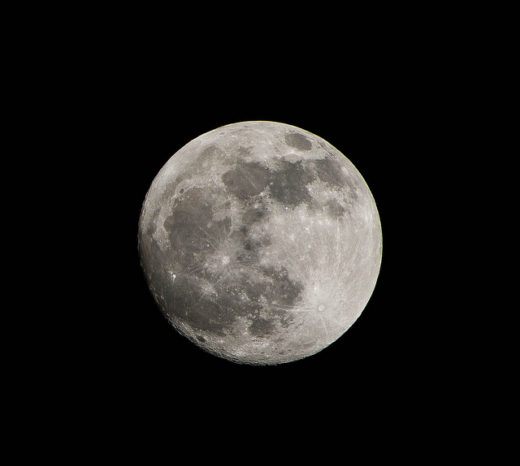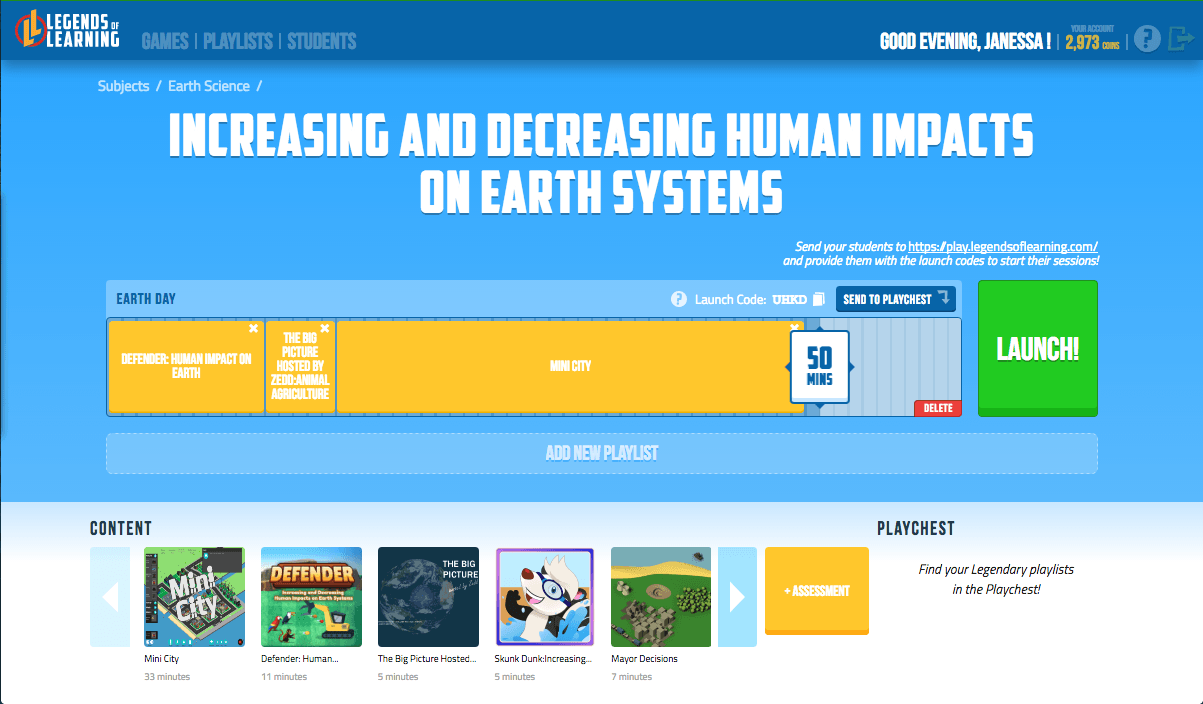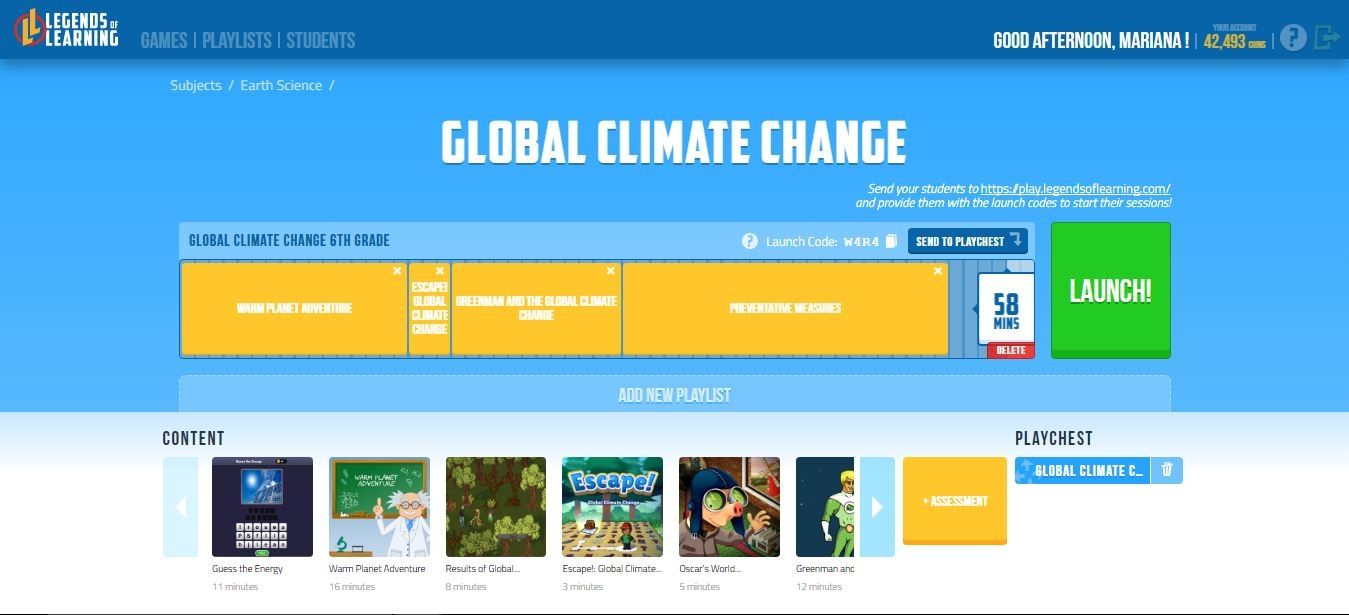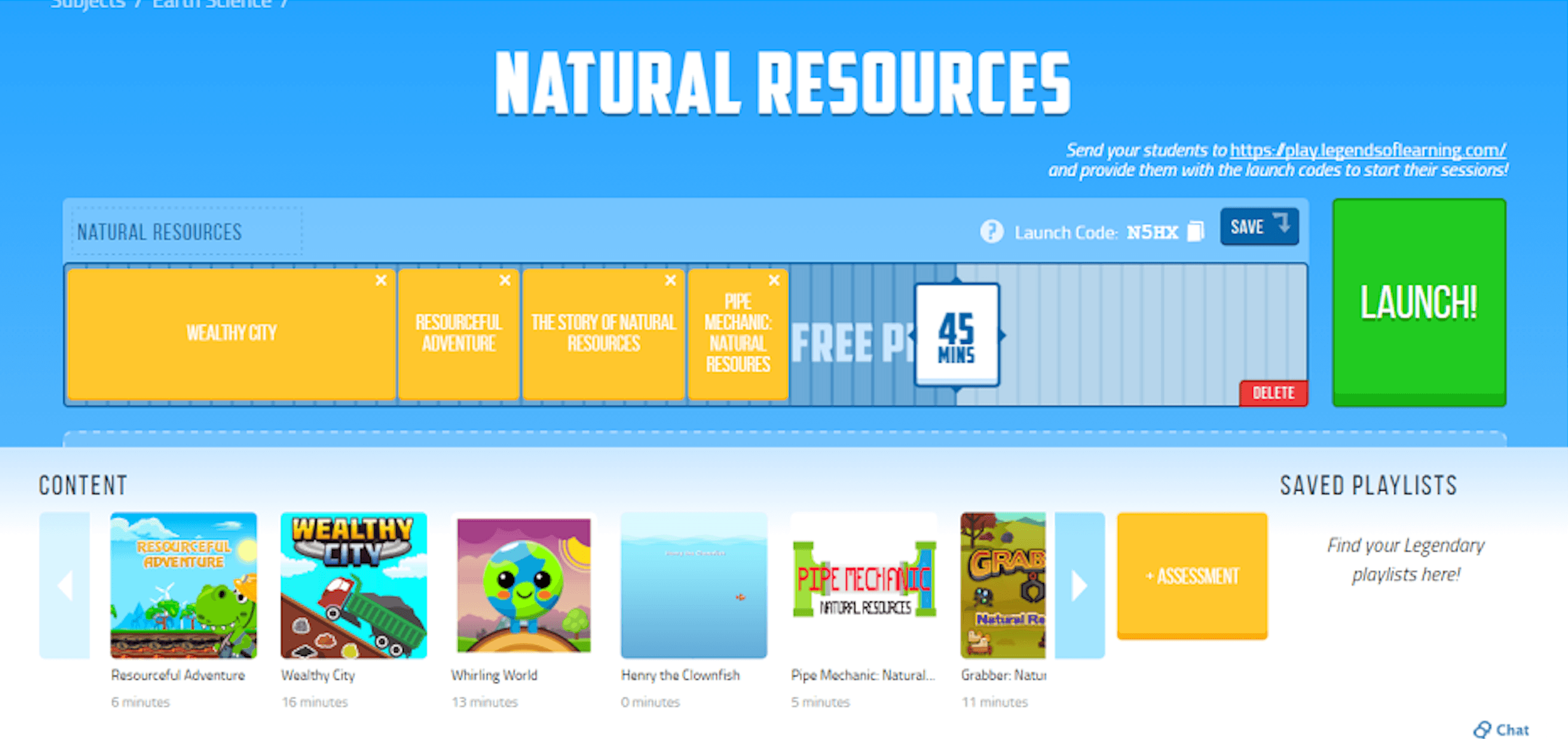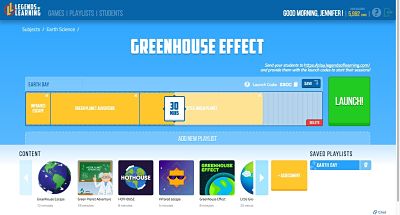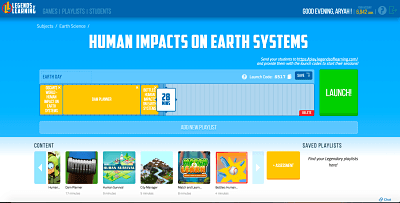6 Resources to Add the Olympics to Your Lesson Plan
The PyeongChang Winter Olympics are halfway through, and students across the world are watching athletes stretch the limits of possibility. The games offer a great point of interest to engage students in classroom discussions. Here are several science resources on the Internet to help integrate the games into your lesson plans.
Six Lesson Ideas for the Olympics
The Science of Winter Olympic Sports: NBC Learn developed a series of science tutorial videos for the Sochi Olympics in Russia. Each video explains the scientific principles at play in various sports. There is even a video explaining the physics behind Shaun White’s dynamic half pipe skills.
Getting Physical: The New York Times Learning Network published an extensive learning plan for the Vancouver Olympics in 2010. This is a very detailed lesson plan with great exercises that highlight the science behind the Olympics. Check it out.

Olympic Engineering: What does it take to get a city ready for the Olympics? Teach Engineering encourages students to build their own event centers using design process. Students are encouraged to think out of the box as they meet some of the challenges facing them, from geography to resources. Recommended for elementary or early middle school students.
Lesson Plans for Purchase: Teachers Pay Teachers hosts a whole series of lesson plans geared around the games. If you filter down to science, there are still more than 50 lesson plans altogether! Prices range from $2 to $10.
Eight Great STEM Lesson Ideas: Pearson put together a series of math and science lessons related to the winter games, but these could easily be applied to a Summer Olympics, too. Science teachers will find weather-related exercises towards the end of the list.
Gold Medal Olympic Activities: Education World put together a series of Olympic exercises, also for the 2014 Sochi Olympics. Some of these include turning your classroom into its own Olympic competition between students!
What would you add?



